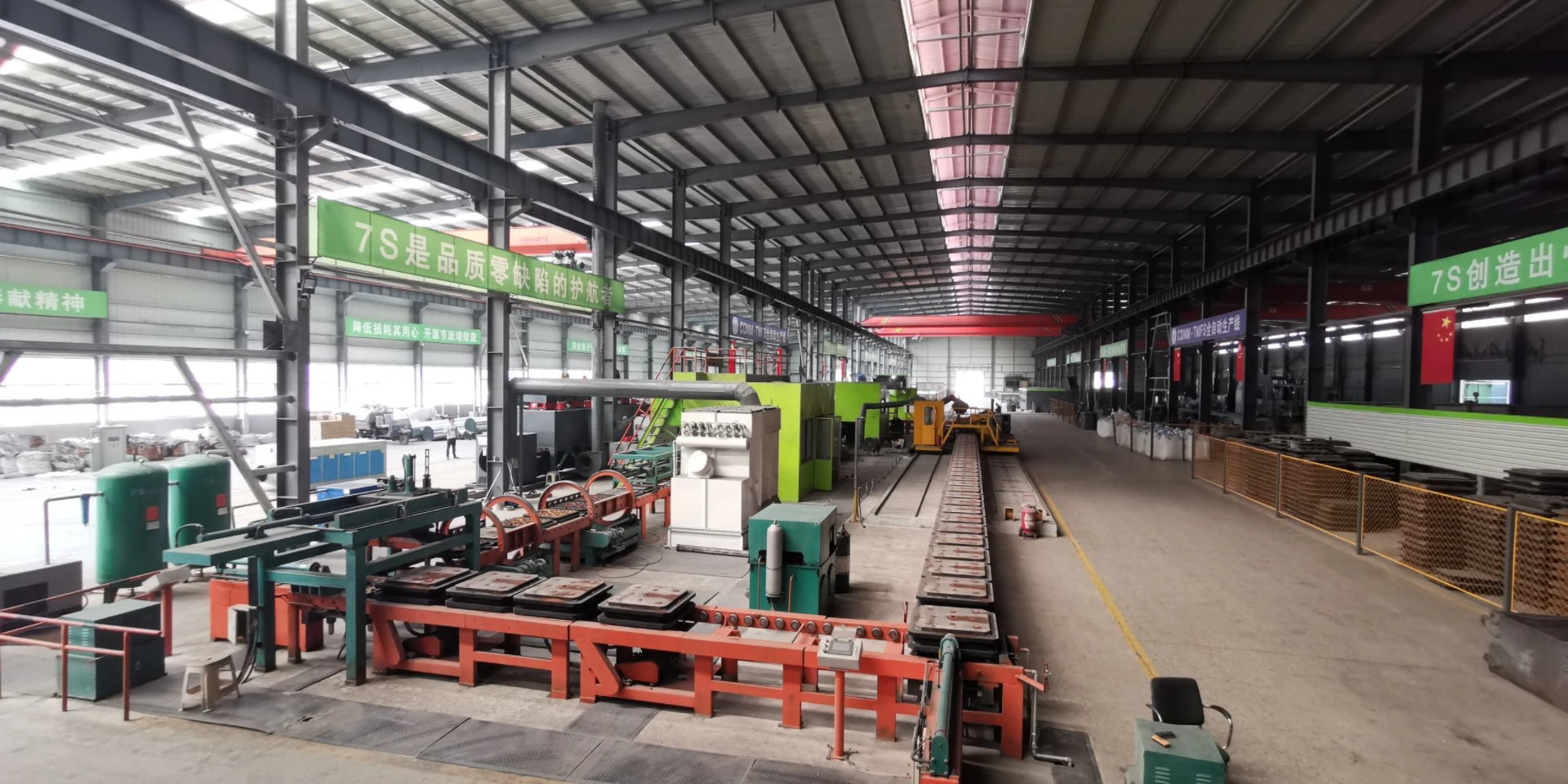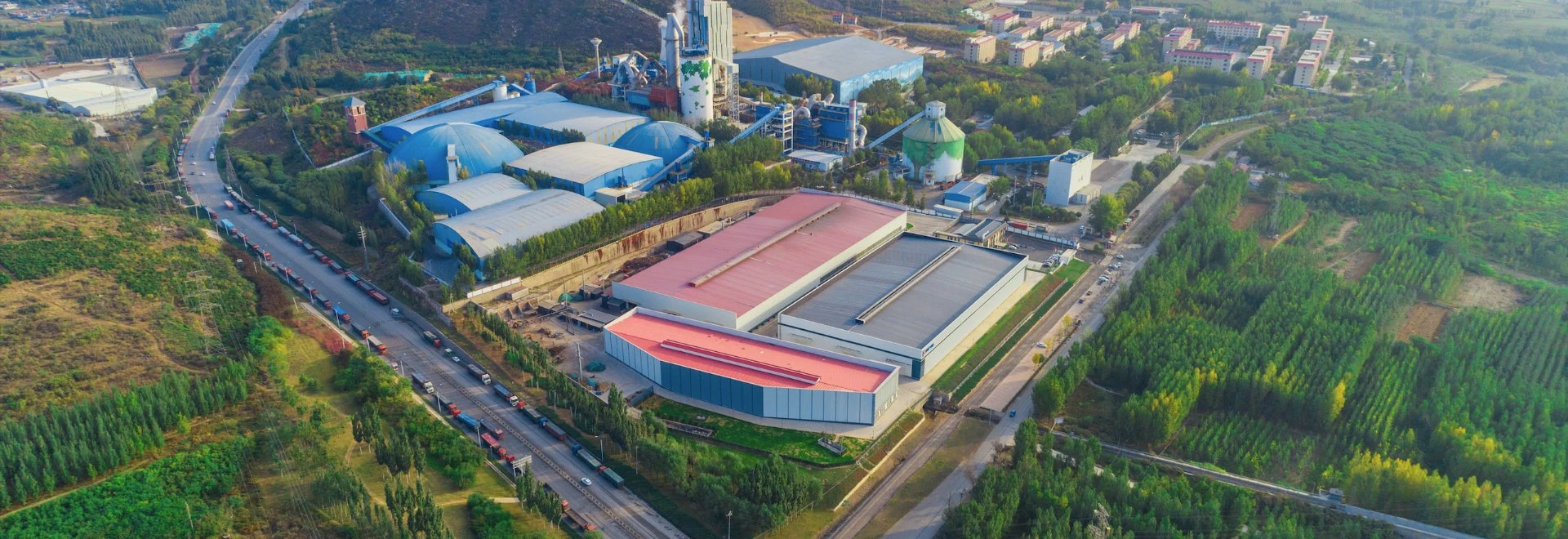- Afrikaans
- Albanian
- Amharic
- Arabic
- Armenian
- Azerbaijani
- Basque
- Belarusian
- Bengali
- Bosnian
- Bulgarian
- Catalan
- Cebuano
- China
- Corsican
- Croatian
- Czech
- Danish
- Dutch
- English
- Esperanto
- Estonian
- Finnish
- French
- Frisian
- Galician
- Georgian
- German
- Greek
- Gujarati
- Haitian Creole
- hausa
- hawaiian
- Hebrew
- Hindi
- Miao
- Hungarian
- Icelandic
- igbo
- Indonesian
- irish
- Italian
- Japanese
- Javanese
- Kannada
- kazakh
- Khmer
- Rwandese
- Korean
- Kurdish
- Kyrgyz
- Lao
- Latin
- Latvian
- Lithuanian
- Luxembourgish
- Macedonian
- Malgashi
- Malay
- Malayalam
- Maltese
- Maori
- Marathi
- Mongolian
- Myanmar
- Nepali
- Norwegian
- Norwegian
- Occitan
- Pashto
- Persian
- Polish
- Portuguese
- Punjabi
- Romanian
- Russian
- Samoan
- Scottish Gaelic
- Serbian
- Sesotho
- Shona
- Sindhi
- Sinhala
- Slovak
- Slovenian
- Somali
- Spanish
- Sundanese
- Swahili
- Swedish
- Tagalog
- Tajik
- Tamil
- Tatar
- Telugu
- Thai
- Turkish
- Turkmen
- Ukrainian
- Urdu
- Uighur
- Uzbek
- Vietnamese
- Welsh
- Bantu
- Yiddish
- Yoruba
- Zulu
Dec . 03, 2024 15:47 Back to list
manganese mines in the world
Manganese Mines in the World An Overview of Their Significance and Locations
Manganese is a critical mineral that plays an essential role in various industries, most notably in steel production. This versatile metal, symbolized by Mn on the periodic table, enhances the strength, toughness, and wear resistance of steel. Due to its importance, manganese mining has become a significant global industry, with several countries across continents hosting some of the largest manganese mines in the world. This article delves into the significance of manganese, explores major mining regions, and discusses the environmental and economic implications of manganese mining.
The Importance of Manganese
Manganese is not only vital for steelmaking, accounting for approximately 90% of its demand, but it also plays a crucial role in other applications, including aluminum alloys, batteries, and fertilizers. In the steel industry, manganese acts as a deoxidizer and desulfurizer, improving the quality of steel while reducing impurities. This is particularly important in the production of high-strength steels used in construction, transportation, and various engineering applications. Additionally, manganese is essential for human health, contributing to bone formation and metabolic processes.
Major Manganese Mining Regions
The world’s manganese production is concentrated in a few key regions, each hosting large deposits and operational mines
.1. South Africa South Africa is the leading producer of manganese globally, with significant deposits located in the Northern Cape Province. The Kalahari Manganese Field is one of the richest manganese ore deposits in the world, boasting high-grade ores. Notable mines in the region include the Hotazel Manganese Mines and the Wessels mine, which contribute significantly to the country's exports and the global supply chain.
2. Australia Another major player in manganese production is Australia, particularly in the region of Western Australia. The Groote Eylandt Mining Company operates one of the largest manganese mines in the world, with vast reserves positioned to cater to the growing demand from Asia, especially China. Additionally, the Woodie Woodie mine is another significant contributor to Australia’s manganese output.
manganese mines in the world

3. China As a leading consumer of manganese, China also has its mining operations, particularly in the provinces of Guangdong and Guangxi. Although China's production has not reached the levels of South Africa and Australia, the country continually seeks to enhance its mining operations to meet domestic demand.
4. Brazil Brazil hosts significant manganese reserves, primarily concentrated in the state of Pará. The Azul mine, operated by Vale S.A., is known for its high-quality manganese ore. Brazilian manganese not only supplies the domestic market but also caters to international clients, enhancing Brazil's position in the global manganese market.
5. Ghana As a rising player in the manganese sector, Ghana has become a key supplier of manganese ore in West Africa. The country’s Nsuta mine is one of the longest-running manganese mines in the world and is characterized by its high-quality ore production. Ghana aims to increase its production to meet escalating global demand.
Environmental and Economic Implications
While manganese mining contributes significantly to the economies of producing countries through job creation, export revenue, and industrial growth, it also raises environmental concerns. Mining activities can lead to habitat destruction, soil erosion, and water pollution if not managed sustainably. As such, many countries are implementing regulations and promoting responsible mining practices to mitigate the environmental impact.
Additionally, the demand for manganese is highly influenced by the global steel market, making it susceptible to fluctuations related to economic cycles. As countries transition to greener technologies, the demand for manganese in battery technology and renewable energy systems is expected to rise. This shift may change the landscape of manganese mining and its market dynamics in the coming years.
Conclusion
Manganese mining remains a crucial industry worldwide, integral to steel production and other applications. Countries like South Africa, Australia, China, Brazil, and Ghana play pivotal roles in meeting global demand for this essential mineral. As the industry evolves, it faces both challenges and opportunities, necessitating a balance between economic growth and environmental stewardship. The future of manganese mining will likely be shaped by technological advancements, regulatory frameworks, and global market trends as the world continues to seek sustainable development practices.
-
Grinding Cylpebs and Their Impact on Milling Efficiency
NewsDec.27,2024
-
Art of Choosing and Loading Mill Media
NewsDec.27,2024
-
Maximize Your Milling Efficiency with the Right Grinding Media
NewsDec.18,2024
-
Importance and Applications of Ceramic Milling Media in Various Industries
NewsDec.18,2024
-
High Chrome Steel Grinding Balls
NewsDec.18,2024
-
High Chrome Grinding Media Balls and Their Role in Industrial Milling
NewsDec.18,2024
Realted Products
















